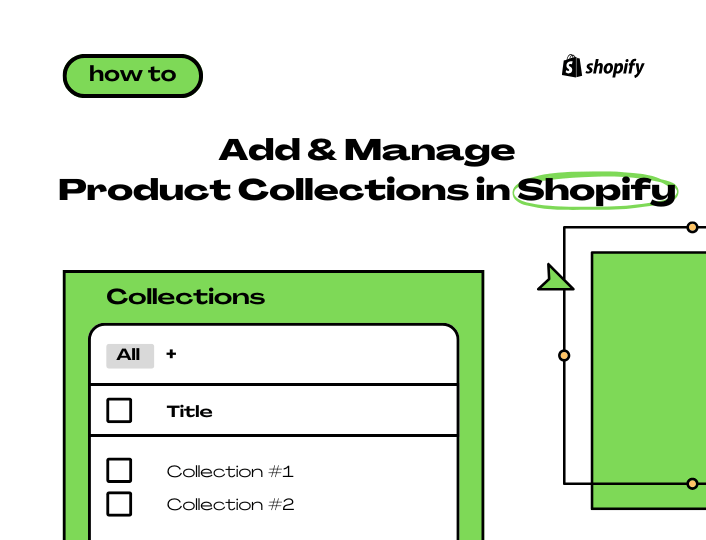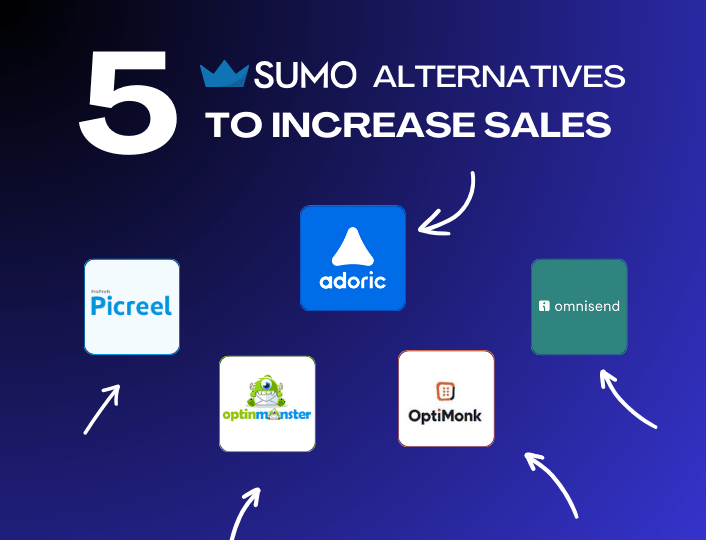Branding your Shopify store is one surefire way to stay ahead in business in a highly competitive eCommerce industry.
But building a brand from scratch is no easy feat, and you probably have no clue how to do it. Naturally, several questions will cross your mind once you consider building a brand around your Shopify store business.
This guide will discuss the importance of branding your Shopify store and tips and strategies you can follow to build a good brand for your store with real-life examples. Whether you’re a new or existing Shopify merchant looking to build a brand for their business, you can apply everything in this guide.
Let’s jump right in!
Benefits of Branding for Your Shopify Store
You probably already know that branding is important, but you are tempted to ask why? Why is branding a priority? What purpose will it serve your business? Is it worth it?
A brand is more than just a unique name and logo. It dictates the total experience customers get when they interact with your business and how they perceive your brand.
Branding is the bridge between your products and your target audience. So, if you can build a bridge of trust that connects a customer with your brand, you will be creating a solid emotional connection that makes them more likely to buy from your store.
For example, if you walk into a brick-and-mortar store and cannot connect with what the business stands for or its products, it’s unlikely you’ll buy anything.
But if you walk into another store and meet someone who works there. You have a conversation with them and can connect with their vision and products. You will be more likely to buy their product by the end of the conversation.
Even if you don’t buy anything at that time, you’d have built an emotional connection with the store and will likely follow their social media accounts or subscribe to their mailing lists. In the future, you are likely to patronize them or recommend their products to friends and family.
A good brand has a strong influence on the future performance of your business. Here are 7 benefits of branding your Shopify store:
1. Helps People Identify and Recognize Your Business
As stated earlier, your brand is more than just your logo and name. It is the entire personality of your business. It is what makes your business unique. By branding your business, you give it an identity, making it easier for people to recognize your business.
Some of the ways you can achieve branding include the following:
- Visual brand identity elements like your logo, brand name, and colors
- Brand tone and voice
- Brand values
- Product and packaging design
- Pricing
- Shopping experience
- Advertising and communications
2. Helps Your Business Stand Out from the Competition
People don’t build relationships with products. They are usually committed and loyal to the brand. So, branding your Shopify store helps your customers associate your products with the personality of your business. This will make them choose your products over the competition because they can relate to your brand and the promises you have made to them.
3. Builds An Emotional Connection With Customers
Your values, as a business, are a core aspect of your brand, and they help create an emotional connection with your customers. It’s this connection that nudges customers to buy from you.
With this emotional connection, you can build trust in a short time. Once trust exists, your customers will become loyal to your brand, which means they will almost always return to buy from you.
4. Helps to Set Customer Expectations
When you combine branding with a positive customer experience, your customers know what to expect each time they want to make a purchase. It builds mental shortcuts in customers, and they feel at ease when buying from you.
A good brand gives people reasons to choose their products and services every time. If you have a clear brand promise and consistently deliver on it, it becomes your customers’ expectation. This will, in turn, help you build a solid base of loyal customers over time.
5. Makes Marketing and Advertising Easier
By branding your Shopify store, your business becomes unique, making it easier for you to paint a mental picture in the minds of your target audience. If they relate to your brand, they will respond to your marketing and advertising strategies better, making.
Since they believe in your brand, your customers are more likely to refer your brand to their friends and families.
6. Inspires You and Your Employees
Branding gives you and your employees (if you have any) values to live and work by. If your team believes in your brand values, it will serve as a source of inspiration. It will also help create a focus as your team will understand and believe in what you are trying to achieve.
It will serve as a guideline to drive your work attitude and reflect on your brand’s purpose, strategy, and communications.
7. Helps to Grow Your Business
Branding is valuable to business because it is more than just marketing and advertising. Every other benefit of branding for your Shopify business all boils down to increasing your bottom line and achieving business growth which is why you own a Shopify store in the first place.
With branding, you can increase the financial value of your business. With more customers, you can generate more revenue and realize more profit.
Tips and Strategies For Branding Your Shopify Store
Now that you know the benefits branding your Shopify store can get you, let’s show you how to go about it.
1. Market Research and Analysis
Before getting started with branding your Shopify store, it’s important to take time to conduct thorough market research and analysis. You want to research your target audience, the competition, and your products.
You want to start by considering your target audience. Who is your ideal customer? What is their age bracket? What are their interests? Where do they live? What is their income range? In answering these questions, you will be able to determine their demographics.
Next, take a look at what the competition is doing and how they are doing it. Look at their websites, their products, their packaging, the kind of customer service they provide, and their marketing and advertising strategies. Consider what is working for them and what is not.
You should consider your product in relation to what your competitors are doing or aren’t. Do they sell directly to customers or other businesses? You want to take what the competition is doing and do it better if it works for your business.
You can get the details you need to start branding your Shopify store from proper market research. Keep in mind that your priority is to meet your customers’ needs and not yours.
2. Choose Your Business Name
The next thing to do is to choose your business name. The business name you choose is mainly dependent on your kind of business. You could use a business name generator to get ideas flowing.
Generally speaking, you have to pay attention to your business name because it is part of how your customers will remember your brand. Your customers are more likely to remember your business name if it is memorable, and they will be quick to associate it with your products.
However, you should understand that a brand is more than just a name. Avoid getting stuck trying to choose the most memorable business name. Your business name should derive its meaning from your brand personality, promises, actions, etc.
Your business name should be distinctive and difficult to imitate. You do not want customers mixing up your brand with another. You can use Shopify’s free name generator to make things easier for you.
Since your business name will affect your store’s domain, you should consider checking if the name you want to pick is available as a domain. You also want to ensure that your business name does not contain hidden meanings.
3. Determine Your Brand Voice and Tone
Your brand voice and tone are important because it is how you’ll communicate with customers. Defining your brand tone and voice is necessary to connect and maintain a positive brand experience for your customers.
You will rarely interact with your customers physically. This means that you won’t have the opportunity to communicate your brand values and voice directly like brick-and-mortar stores. However, you can communicate with your customers through your product descriptions, website, and social media channels.
You can determine your brand voice by studying your target audience. Get to know them. What words do they use? Pay attention to that, and you will find it easier to determine your brand voice.
4. Select Your Brand Colors


The next thing to do is to work on the appearance of your brand. This typically includes your brand colors, typography, and logo. Let’s start with selecting your brand colors.
Colors are some of the most fun aspects of branding your Shopify store. However, there is more to brand colors than just fun. Colors are an effective way to communicate certain feelings to your customers. You can leverage color psychology to establish an emotional connection with your customers.
Your brand color should be influenced by the message you are trying to pass to your customers and the emotions you want to trigger in them. Your brand colors can also help you maintain consistency across your marketing and communication channels and help you stand out from the competition.
5. Choose a Typography
Typography simply has to do with your choice of fonts and how you combine them. The fonts you use and how you integrate them can significantly impact your customers’ experience.
When selecting fonts for your website, simplicity is the rule. Do not use more than two fonts on your website. You can use one font for headings and the other for body text.
6. Design Your Logo
The first thing that comes to the mind of most people when they think of building a brand is a logo. This is because a logo is usually the primary identity of a company, and it is a summary of your business in a small image. This means that you want your logo to be distinct and recognizable.
In designing your logo, you want to ensure that it is scalable – it should be functional on large and small scales. You should also consider all the places you think your brand’s logo will appear, including your website and social media channels.
Just keep things simple.
You can always use a free logo maker like Namecheap, Hatchful, Free Logo Creator, or Canva to get started. If you have a larger budget to work with, you can patronize freelancers on Fiverr or Upwork to help you design a logo.
7. Apply Your Branding to Your Business
As we mentioned earlier, branding helps to give your business a uniform identity. To achieve this effect, you must apply your branding to every aspect of your business – down to your packaging. This helps to give your business a cohesive feeling.
Applying your branding across the board makes it easier for you to maintain customer brand loyalty even when you launch new products. It also helps to tell a coherent brand story about your identity and lays the groundwork for every interaction your customers will have with your brand.
Buyers are usually interested in checking out a business’s mission and purpose. They often do this to ensure they share certain values with the company. Communicating your brand story helps customers trust your business better and see you as legitimate.
To create your brand story, start by considering the following questions:
- What was your motivation to start your business?
- Why are you running that business?
- How do you impact the world around you?
- What aspect of your business’ history can be a source of inspiration?
- Is there a story behind your business that you want your customer to know?
Keep in mind that not all businesses are mission-driven. That is perfectly fine. However, if you incorporated values or a mission statement in creating your brand, then share your story with your customers.
5 Examples of Top Shopify Brands
Here are a few examples of top real-life Shopify brands that have achieved success through branding:
1. Mollyjogger
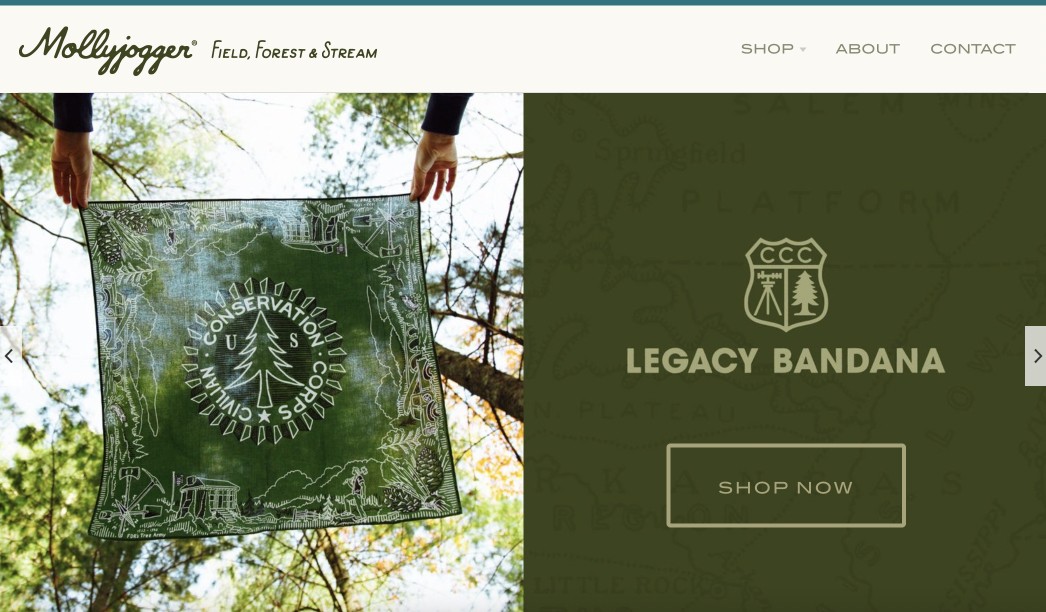

The Mollyjogger brand was created by nature lovers for nature lovers. This reflects in their slogan “Field, Forest & Stream.” The brand celebrates the unique history of outdoor recreation that its target audience cherishes.
Mollyjogger is one brand that has shown a profound understanding of its target audience. This reflects in the choice of their brand colors – deep forest greens and river blues. It is also reflected in the adventurous and fun typography and the lifestyle photography that displays their products in use.
2. GymShark
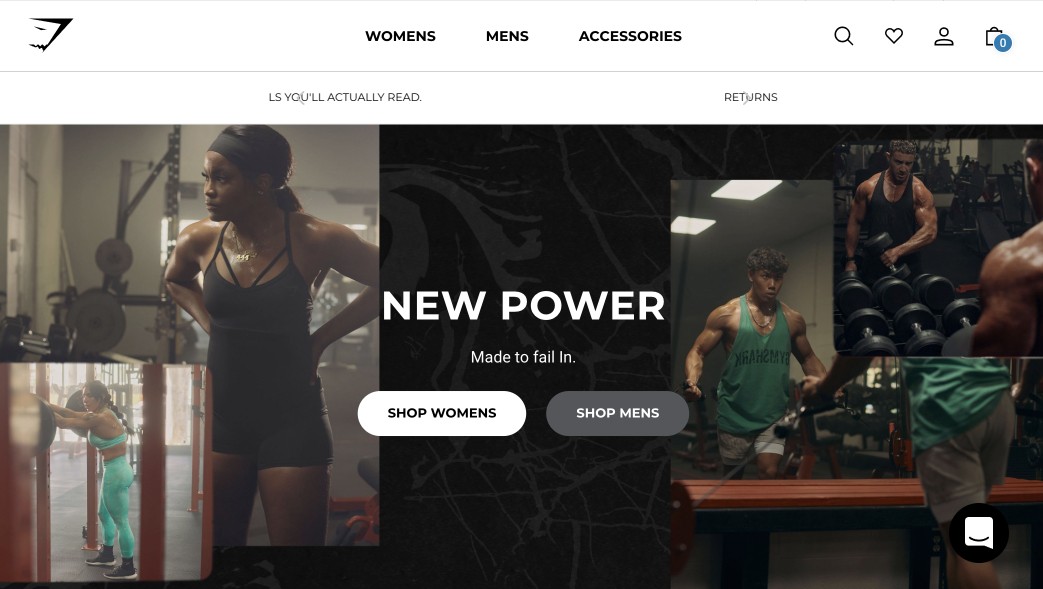

GymShark is a sports and fitness eCommerce brand that makes male and female workout apparel. To start with, this brand has a unique business name.
GymShark combines the words “gym,” which relates to their fitness products, and “shark,” which describes a strong and powerful animal that resonates with their vision.
Its brand name triggers a strong emotional reaction in customers. It tells a story that the brand is for people looking to improve their fitness game to be strong and powerful.
3. Plant Circle


Plant Circle is a brand that sells plants. Their brand strategy is shown in their choice of logo. If you go to their website, you can tell what the brand sells by their logo.
The logo is a simple outline of a leaf enclosed in a circle. The logo is very clean and basic, and it effortlessly passes its message to people about the products that the store sells.
4. Casper
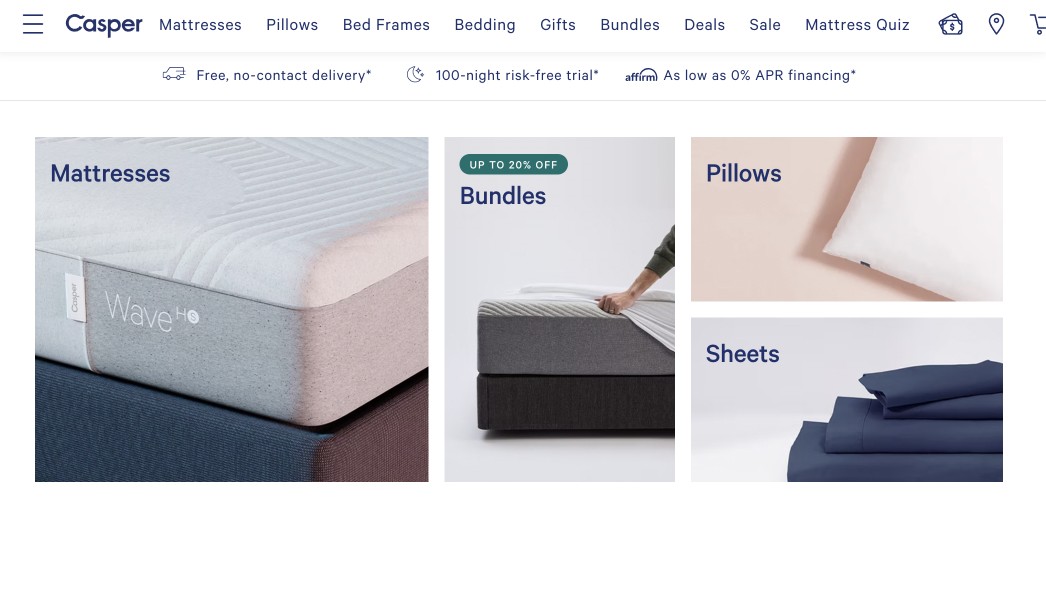

Casper is a store that sells mattresses and other sleep-related products. This brand is one good example of a brand that has successfully leveraged color as a branding strategy.
From their website to their social media posters and ads, they use very calming and soothing colors like a soft dark shade of blue with subtle light blue highlights. This helps to put their customers at ease psychologically. It also communicates the experience of sleeping in the comfort their products provide.
5. Tropical Sun


Tropical Sun has shown brilliant use of brand storytelling. They are a store that sells Caribbean-inspired products in the United Kingdom. The brand uses creative brand storytelling to narrate its humble beginnings to customers.
It creates a connection with its customers and links them with their culture. Its story helps create an emotional connection with its customers that builds a feeling of trust.
Conclusion
You have now learned how to build a brand around your Shopify store. We hope you’ve also seen that building a brand goes beyond creating a logo and choosing a cool business name. You also need to be consistent with your brand experience when your customers interact with your business.
As your business grows, your branding may gradually evolve. Never forget that your Shopify store ultimately exists to provide value to people and not just yourself. Also, you cannot totally control people’s perceptions of your brand. At best, you can influence them, build on your first impression and manage your reputation.
At this point, we are sure that you have the knowledge, tools, and resources to get started. However, if you need help converting your store visitors to paying customers, the Adoric Shopify app can help. Get the Adoric Shopify app for your Shopify store today!



